The Diamond DutchViktor MoskalenkoThe Diamond DutchStrategic Ideas & Powerful WeaponsNew In Chess 2014 New In Chess 2014
Published by New In Chess, Alkmaar, The Netherlands
www.newinchess.com All rights reserved. No part of this book may be reproduced, stored in a retrieval system or transmitted in any form or by any means, electronic, mechanical, photocopying, recording or otherwise, without the prior written permission from the publisher.
All photos by New In Chess, unless otherwise indicated. Cover design: Steven Boland
Supervisor: Peter Boel
Proofreading: Ren Olthof
Production: Anton Schermer Have you found any errors in this book?
Please send your remarks to and implement them in a possible next edition. ISBN: 978-90-5691-441-7 Explanation of SymbolsThe chess board with its coordinates:
 | White to move |
 | Black to move |
| K | King |
| Q | Queen |
| R | Rook |
| B | Bishop |
| N | Knight |
 | White stands slightly better |
 | Black stands slightly better |
 | White stands better |
 | Black stands better |
| + | White has a decisive advantage |
| + | Black has a decisive advantage |
| = | balanced position |
| unclear position |
 | compensation for the material |
| > | strong (sufficient) |
| < | weak (insufficient) |
| better is |
| weaker is |
| ! | good move |
| !! | excellent move |
| ? | bad move |
| ?? | blunder |
| !? | interesting move |
| ?! | dubious move |
 | only move |
| with the idea |
| attack |
| initiative |
| lead in development |
 | counterplay |
| # | mate |
| corr. | correspondence |
PrefaceWelcome to The Diamond Dutch!
The idea of the defence
f7-f5 comes from the distant past. Then, in the 20th century, it was thoroughly developed by some of the finest players. Grandmasters like Savielly Tartakower and Mikhail Chigorin were among the first who discovered the virtues of this opening, but the real revolution took place between 1950 and 1970, when some of the very best players, like Mikhail Botvinnik, David Bronstein and Bent Larsen, pioneered completely new systems based on the original structures behind the f5-pawn.
Thanks to their efforts, the Dutch Defence has become a new gorgeous diamond in the treasure box of modern chess openings full of resources and surprising ideas. Nowadays, the Dutch Defence has an established reputation as a traditional and essentially sound opening, recommended for players of any level, even though it requires precise treatment by both sides. Directions All the main ideas for both colours in the Dutch Defence are discussed in this book, and it is divided in three Parts, containing a total of 55 analysed model games: Part 1 The Anti-Dutch Systems: after 1.d4 f5 White uses early motives like 2.e4, 2.Nc3, 2.Bg5 and some others. After this Part, we deal with the three main set-ups for Black in the Dutch Defence: Part 2 The Stonewall System is based on the moves f7-f5, Nf6, e7-e6, d7-d5 and c7-c6; the Classical System involves f7-f5, Nf6, e7-e6, Be7 and d7-d6. Both systems are an ideal choice for players who love a solid and practical playing style: forced lines are almost non-existent and a deep understanding of the ideas is far more important than knowing long variations by heart. Part 3 The Leningrad System combines f7-f5, Nf6, g7-g6, Bg7 and d7-d6.
This is a primarily dynamic variation which plays a very important role in modern chess.  PUZZLE: Many transpositions are possible between the three main systems, and the game can also transition into certain other hybrid openings. As it suits my style, I have been a successful Stonewaller for a long time, which has allowed me to collect many memorable games with this opening. Yet, on many occasions I have also had to attack the Dutch fortress from the white side. The reader of this book will be guided along the main plans with the following structure, which returns in each Part: An original story about each variation Main ideas, resources, advice Analysis of the main lines through model games Illustrative games (the best examples) Statistics, summaries and conclusions. traps you can set and pitfalls you have to avoid.
PUZZLE: Many transpositions are possible between the three main systems, and the game can also transition into certain other hybrid openings. As it suits my style, I have been a successful Stonewaller for a long time, which has allowed me to collect many memorable games with this opening. Yet, on many occasions I have also had to attack the Dutch fortress from the white side. The reader of this book will be guided along the main plans with the following structure, which returns in each Part: An original story about each variation Main ideas, resources, advice Analysis of the main lines through model games Illustrative games (the best examples) Statistics, summaries and conclusions. traps you can set and pitfalls you have to avoid.  PUZZLE: possible transpositions, move order subtleties, curiosities and rare lines.
PUZZLE: possible transpositions, move order subtleties, curiosities and rare lines.  WEAPON: the best lines to choose; strong or surprising options for both attack and defence, which deserve attention.
WEAPON: the best lines to choose; strong or surprising options for both attack and defence, which deserve attention.  PLAN: the main ideas for one of the sides in the next phase of the game.
PLAN: the main ideas for one of the sides in the next phase of the game.  STATISTICS: winning percentage for a line or for either side/player.
STATISTICS: winning percentage for a line or for either side/player.  WORKSHOP: how the author plans to construct the chapter at hand.
WORKSHOP: how the author plans to construct the chapter at hand.  KEEP IN MIND: here, fundamental ideas for either side are given. Part I
KEEP IN MIND: here, fundamental ideas for either side are given. Part I
The Anti-Dutch 1f5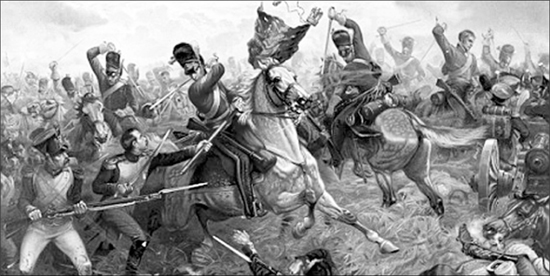 If your opponent threatens to play the Dutch Defence, do not prevent this! 9th World Champion Tigran Vartanovich Petrosian (1929-1984). Early Oddities Tigran Petrosian, may have liked the white side of the Dutch Defence, but after 1f5, White is not obliged to enter a long theoretical discussion against the main Dutch systems. Early Oddities Tigran Petrosian, may have liked the white side of the Dutch Defence, but after 1f5, White is not obliged to enter a long theoretical discussion against the main Dutch systems.
If your opponent threatens to play the Dutch Defence, do not prevent this! 9th World Champion Tigran Vartanovich Petrosian (1929-1984). Early Oddities Tigran Petrosian, may have liked the white side of the Dutch Defence, but after 1f5, White is not obliged to enter a long theoretical discussion against the main Dutch systems. Early Oddities Tigran Petrosian, may have liked the white side of the Dutch Defence, but after 1f5, White is not obliged to enter a long theoretical discussion against the main Dutch systems.
Next page
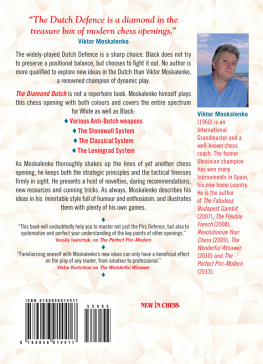

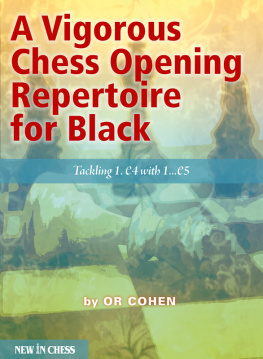

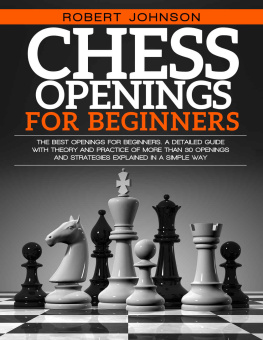
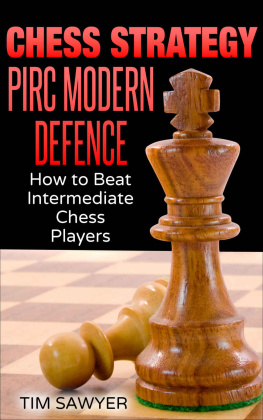
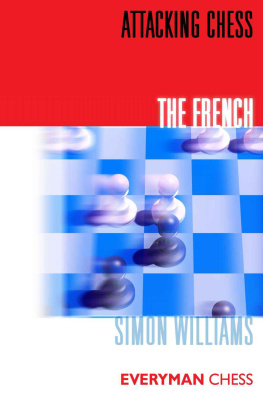
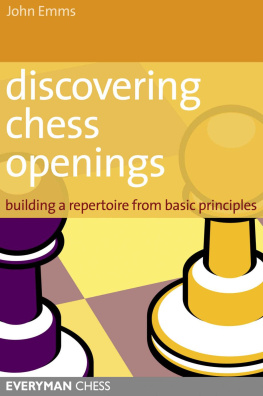
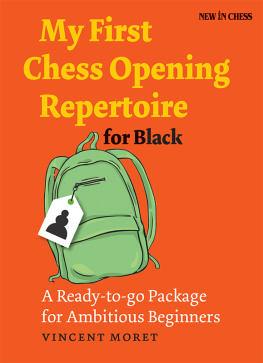


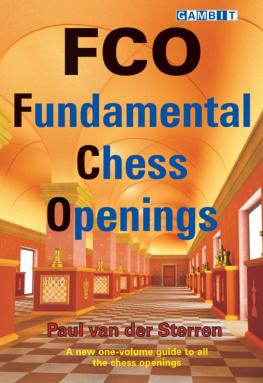
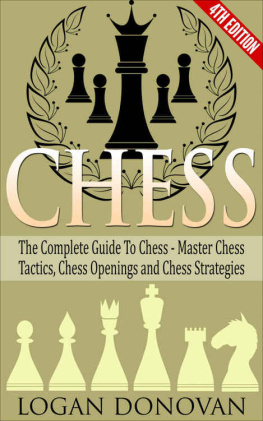










 The idea of the defence f7-f5 comes from the distant past. Then, in the 20th century, it was thoroughly developed by some of the finest players. Grandmasters like Savielly Tartakower and Mikhail Chigorin were among the first who discovered the virtues of this opening, but the real revolution took place between 1950 and 1970, when some of the very best players, like Mikhail Botvinnik, David Bronstein and Bent Larsen, pioneered completely new systems based on the original structures behind the f5-pawn.
The idea of the defence f7-f5 comes from the distant past. Then, in the 20th century, it was thoroughly developed by some of the finest players. Grandmasters like Savielly Tartakower and Mikhail Chigorin were among the first who discovered the virtues of this opening, but the real revolution took place between 1950 and 1970, when some of the very best players, like Mikhail Botvinnik, David Bronstein and Bent Larsen, pioneered completely new systems based on the original structures behind the f5-pawn.  PUZZLE: Many transpositions are possible between the three main systems, and the game can also transition into certain other hybrid openings. As it suits my style, I have been a successful Stonewaller for a long time, which has allowed me to collect many memorable games with this opening. Yet, on many occasions I have also had to attack the Dutch fortress from the white side. The reader of this book will be guided along the main plans with the following structure, which returns in each Part: An original story about each variation Main ideas, resources, advice Analysis of the main lines through model games Illustrative games (the best examples) Statistics, summaries and conclusions. traps you can set and pitfalls you have to avoid.
PUZZLE: Many transpositions are possible between the three main systems, and the game can also transition into certain other hybrid openings. As it suits my style, I have been a successful Stonewaller for a long time, which has allowed me to collect many memorable games with this opening. Yet, on many occasions I have also had to attack the Dutch fortress from the white side. The reader of this book will be guided along the main plans with the following structure, which returns in each Part: An original story about each variation Main ideas, resources, advice Analysis of the main lines through model games Illustrative games (the best examples) Statistics, summaries and conclusions. traps you can set and pitfalls you have to avoid.  WEAPON: the best lines to choose; strong or surprising options for both attack and defence, which deserve attention.
WEAPON: the best lines to choose; strong or surprising options for both attack and defence, which deserve attention.  PLAN: the main ideas for one of the sides in the next phase of the game.
PLAN: the main ideas for one of the sides in the next phase of the game.  STATISTICS: winning percentage for a line or for either side/player.
STATISTICS: winning percentage for a line or for either side/player.  WORKSHOP: how the author plans to construct the chapter at hand.
WORKSHOP: how the author plans to construct the chapter at hand.  KEEP IN MIND: here, fundamental ideas for either side are given. Part I
KEEP IN MIND: here, fundamental ideas for either side are given. Part I If your opponent threatens to play the Dutch Defence, do not prevent this! 9th World Champion Tigran Vartanovich Petrosian (1929-1984). Early Oddities Tigran Petrosian, may have liked the white side of the Dutch Defence, but after 1f5, White is not obliged to enter a long theoretical discussion against the main Dutch systems. Early Oddities Tigran Petrosian, may have liked the white side of the Dutch Defence, but after 1f5, White is not obliged to enter a long theoretical discussion against the main Dutch systems.
If your opponent threatens to play the Dutch Defence, do not prevent this! 9th World Champion Tigran Vartanovich Petrosian (1929-1984). Early Oddities Tigran Petrosian, may have liked the white side of the Dutch Defence, but after 1f5, White is not obliged to enter a long theoretical discussion against the main Dutch systems. Early Oddities Tigran Petrosian, may have liked the white side of the Dutch Defence, but after 1f5, White is not obliged to enter a long theoretical discussion against the main Dutch systems.